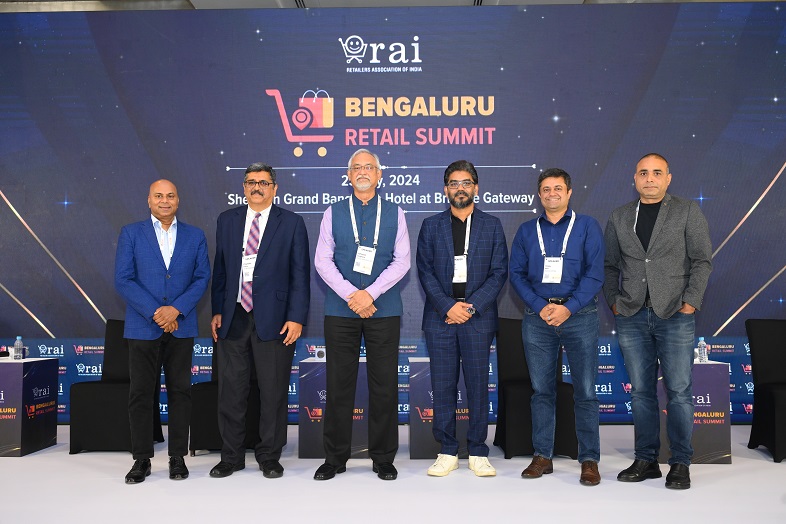Bengaluru India 25th October 2023- Speaking on the festive preparations Venu Kondur CEO of Bengaluru-based Lobb Logistics in an interaction gives a detailed reply to a few interesting questions on festive spirit.

1. With the festival season around the corner, how much more demand (orders placed) than usual is expected by e-commerce companies? Does it differ region-wise? In what ways?
A) During the festival season, both e-commerce companies and retailers typically witness a significant surge in demand, often ranging from 20% to 100% or even more, compared to non-festive periods. The exact increase can differ regionally based on cultural significance. Region-specific promotions, discounts, and the cultural relevance of the festival play a significant role in driving this demand.
2. How has the festival demand pattern changed after the pandemic? Is there any difference? If yes, what contributed to it? If no, why none?
A) Post-pandemic, we have observed an even greater surge during festival seasons. The reasons include:
• A shift in consumer behaviour towards online shopping due to health concerns and lockdowns.
• Physical retail stores faced restrictions, leading to more people resorting to online platforms.
• E-commerce platforms offered aggressive promotions and discounts to capitalize on this trend.
3. Online shopping creates demand for logistics in a big way. How are the e-commerce companies sorting their logistics in this regard? How strong are the supply chains?
A) Logistics giants have been bolstering their operations in multiple ways:
• Predicting demand and optimize inventory placement.
• Partnering with logistics providers to ensure timely deliveries.
• Strengthening supply chains by working closely with suppliers and vendors, ensuring stock availability, and reducing lead times.
4. In such instances of a peak demand, how do e-commerce companies create the infra to balance the demand and supply? By what percentage does this infra expansion happen, and what kind of investments would a company like yourself put in for this?
A) Logistics companies often scale up their infrastructure, both in terms of warehousing and technology. Investments typically go into:
• Renting additional warehouse space.
• Upgrading IT systems to handle increased traffic.
• Hiring temporary staff.
For us, the focus is about 50% on operational efficiency and 40% on enabling our matchmaking technology to help prioritise express trips. And 10% to focus more on the vendor relationship to be able to better forecast supply-side impacts if any.
5. Any latest tech applications- such as AI, ML etc.? What is the use case of such tech in handling online shopping/delivery of goods?
A) AI and ML have become pivotal. Use-cases include:
• For us machine learning-driven matchmaking is key to help the goods match with the right truck and get it moving sooner.
• Predictive analytics for demand forecasting.
• Optimising the delivery routes.
• WhatsApp-based Chatbots for customer service.
6. Could you tell us more about what are the costs involved behind the infra push, going beyond labour cost and tech upgrade cost?
A) Apart from labour and tech, costs involve:
• Transportation and fuel costs.
• Additional packaging materials.
• Marketing and promotions.
• Costs associated with returns and reverse logistics.
7. What’s the measure of delivery efficiency? How do you try to maintain/ensure it in cases of such peak demand?
A) Delivery efficiency can be measured by metrics like:
• On-time delivery rate.
• Demand to fulfilment time.
• Average delivery time.
Maintaining efficiency involves:
• Accurate demand forecasting.
• Efficient Supply and Demand Visibility
• Proper training of operational personnel.
• Stocking products closer to demand hubs.
8. To cater to demand in smaller cities and towns, there is an obvious increase in the hiring of delivery agents and other logistics support people. By what % has this gone up in recent years? How does the hiring pattern vary from those in bigger cities? Any % / numbers to quantify that?
A) The hiring in smaller cities has seen an uptick as both e-commerce and retailers penetrates these markets. It might have increased by around 15% or more in recent years. The pattern in smaller cities might be more contractual or seasonal compared to bigger cities. Precise numbers would vary by company and region.
Issued by Social Amplifiers
Bengaluru

